For a while I was lucky with my raised bed garden, and had few problems with pests and diseases. But one summer, a vicious case of wilt (I’m guessing Fusarium wilt) weakened or stunted several of my plants (mostly peppers) and a hungry colony of flea beetles had taken up residence in my tomatillo crop.
Combined with a severe drought in California, a particularly hot season, and a month-long vacation looming, I decided to put all those problems to bed—under a sheet of plastic for the remainder of the summer, through a safe, inexpensive, and mostly hands-off process called soil solarization.
A chemical-free way to fix problematic soil
Soil solarization is a highly effective, non-chemical method for controlling soilborne diseases that spread in the top 6 inches of soil.
While it’s commonly used on commercial farms, it’s not as prevalent in home gardens because it does require part or all of the soil to lay fallow during peak summer. In a home garden where space is often limited, it’s hard to give up a raised bed for the four to six weeks it takes to treat the soil.
But if you plan ahead (or, like me, you know you’ll be away from the garden for an extended period), soil solarization is an ideal solution for killing weed seeds, controlling nematodes and pests, eliminating soilborne plant pathogens, and improving tilth and soil biology.
Think of it as a solar oven in the garden, baking everything underneath it—and what comes out is sterile soil, free of the problems that used to plague your plants.
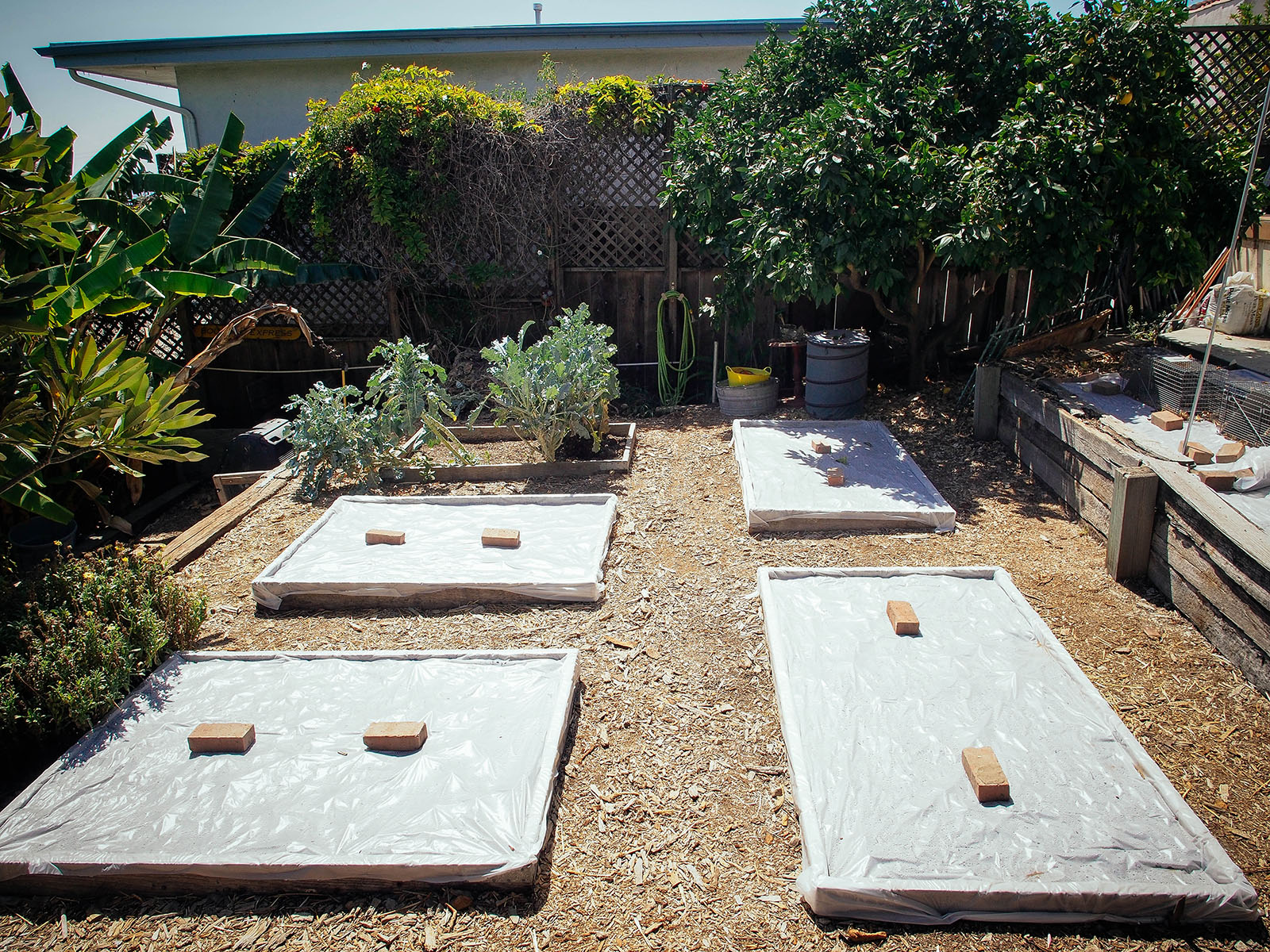
Benefits of solarizing your soil
Simply by using the power of the sun, solarization can rid the soil of most weed seeds, especially those from annual weeds. (Some perennial weeds, like Johnson grass, may have deep roots or rhizomes that heat won’t reach.)
The intense heat also speeds up the decomposition of organic material in the soil, thereby releasing soluble nutrients such as nitrogen, potassium, calcium, and magnesium and making them more available to plants.
Solarization disinfests the soil of the fungal and bacterial pathogens that cause Fusarium wilt, Verticillium wilt, potato scab, Southern blight, early blight, tomato canker, club root, crown gall, and damping off. (However, it does not work on airborne diseases, like garlic rust or late blight.)
The method is especially effective for certain fungi, such as the spores that cause Fusarium wilt, which can live for many years in the soil and even in the soil clinging to your garden tools.
In these types of cases where crop rotation can’t control plant diseases, solarization is the easiest way to start over with a clean slate, so to speak.
Solarizing your soil also reduces populations of pest nematodes (like root knot and dagger) and destroys the eggs, larvae, and pupae of destructive pests (like cucumber beetles and squash vine borers).
But what happens to the good bugs?
So you’re reading that soil solarization can get rid of all the bad bugs and microbes, but what about all the beneficial organisms that make up the soil food web?
Not to worry: It’s believed that earthworms simply burrow deeper into the soil to escape the heat, and come back to the surface when conditions are ideal. As for beneficial soil organisms, many of them are able to survive solarization (such as mycorrhizal fungi, which are highly heat tolerant).
Yes, you will probably lose some arthropods and other topsoil dwellers as collateral damage, but once the process is complete, many organisms start to rapidly recolonize the soil (such as the bacteria and fungi that parasitize plant pathogens and stimulate plant growth).
In fact, the increased numbers of beneficial microbes can make the soil more resistant to pathogens after solarization (versus non-solarized or fumigated soil).
As a result, plants grow faster, get stronger, and stay healthier.
How soil solarization works: timing is everything
Soil solarization works by trapping radiant energy from the sun under a thin plastic tarp to heat the soil at temperatures high enough to kill soil organisms.
Soil temperatures of at least 110°F to 125°F, held steady for at least four weeks in the top 6 inches of soil, will prevent the emergence of many annual weeds and mesophilic fungi, which are the majority of common plant pathogens.
That means soil solarization works best in the hottest month of the year when days are long and skies are clear, which for many zones is the few weeks before and after the summer solstice in June or July.
In Central Oregon (where I live now), our hottest period is mid-July to mid-August when daytime highs can exceed 90°F and nighttime lows are around 45°F.
But in Southern California (where I first solarized my garden), the hottest months are September and October, when strong Santa Ana winds blow in from the high desert and usher in sweltering Indian summers (as well as notorious wildfires).
As you can see, temperatures vary widely so it’s best to look at historical weather averages if you’re not sure when the hottest part of the year is in your area.
Soil solarization is less effective in the spring, even if your garden is bathed in sunshine all day. The mild weather does little to control soilborne diseases, so it’s not worth the effort to try early in the year before you start your planting.
But, you can start a little earlier if you have a short window of hot weather.
What I’ve found from experience is that even with a relatively mild high of 75°F, the first 3 inches of soil in my raised bed (that got full sun for most of the day) heated up to 116°F. As the temperature of the air increased over the next few weeks, the temperature under the plastic also increased and heated the soil more deeply.
So for best results, determine the hottest four- to six-week window in your climate, for your garden, and plan to solarize your soil in that time.
How to solarize your garden
1. Prepare the soil.
Before you begin, remove all the plants and mulch from the garden bed. If they were affected by disease, bag and trash them.
For successful solarization, the soil should be smooth and flat to allow the plastic to lay snug against it. Till or turn over the soil and remove or break up any clods, rocks, sticks, and hard roots. You don’t want anything in the soil that could potentially tear or puncture the plastic.
I typically dig to a depth of a fork tine, but for heavy clay soils or soils that haven’t been cultivated in a while, going at least 1 foot deep is recommended.


Studies have shown that adding organic animal- or plant-based amendments (such as aged animal manure or cover crop residues, especially Brassicaceae cover crops like mustard) before solarizing improves its efficacy. The amendments not only increased the rate of heat generation in the soil, but also its heat-carrying capacity. And when it comes to soil solarization, more heat is always a good thing!
A word of warning: I typically don’t use horse or cow manure in my garden unless I’m 100 percent certain the animals were fed herbicide-free hay or grazed on herbicide-free pastures. There’s always a risk that herbicide residues in manure can affect or even destroy plant growth, and it’s a very hard problem to get rid of.
So, if you have some composted chicken manure, rabbit manure, worm castings, bat guano, green manure, or well-aged kitchen compost, go ahead and incorporate that into the top 3 to 4 inches of soil, and rake it in well.
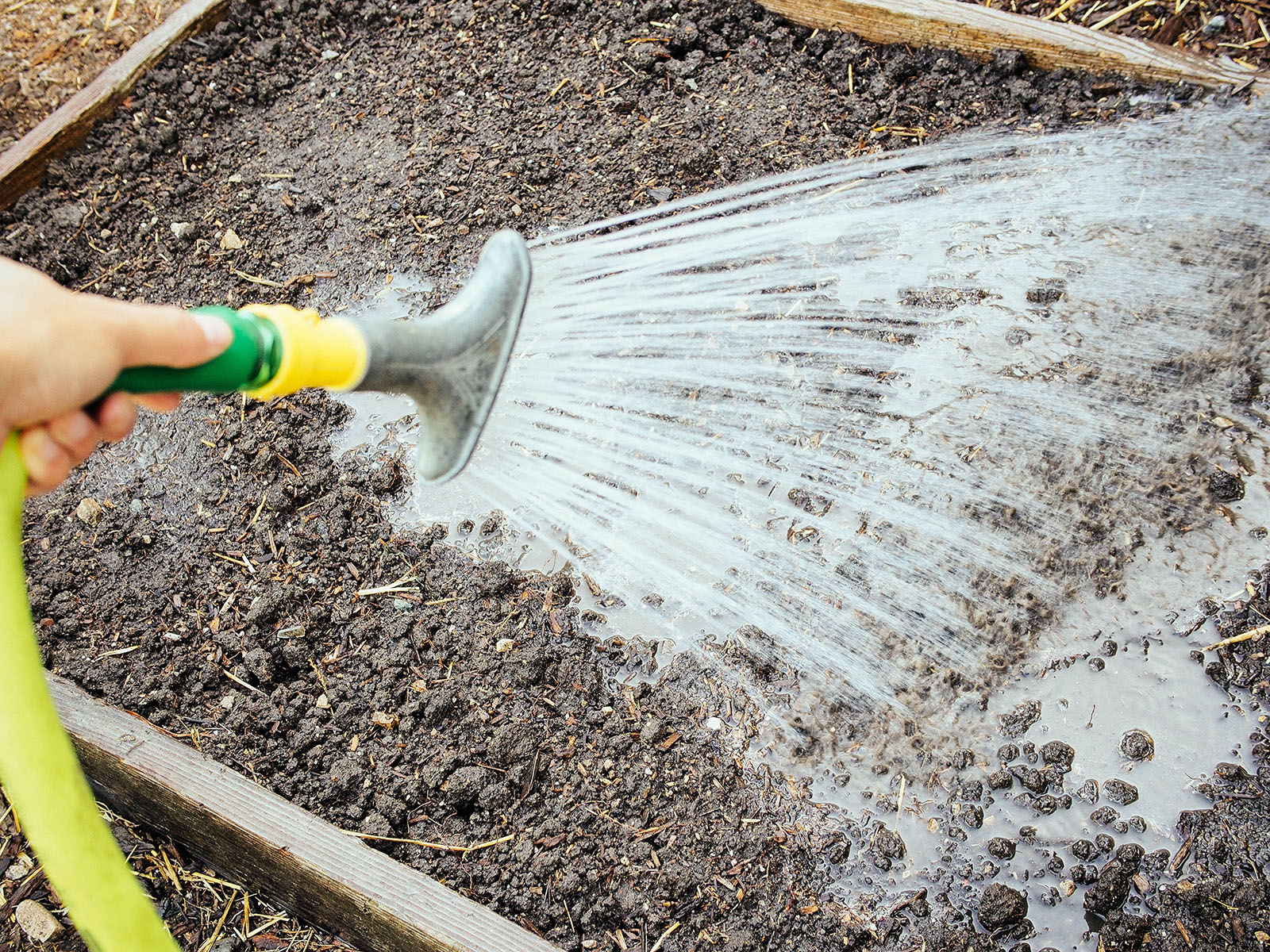
Once your soil is smoothed over, set your garden hose or irrigation system over the bed and water deeply. You want the top 12 inches of soil to be moist. The moisture conducts heat faster and deeper into the soil, while making soil pathogens more sensitive to the heat.
2. Choose the right kind of plastic.
Surprisingly, clear plastic is actually more effective than black plastic at heating up soil. The sun’s rays easily pass through clear plastic, only to be trapped inside to heat the soil. Black plastic, on the other hand, tends to absorb light but deflect part of the heat (according to UC ANR).
And though it might seem counterintuitive, the thinner the plastic, the better it captures and traps the heat—so we’re not using greenhouse plastic here.
Very thin plastic (1 mil) is the best option, but may be susceptible to damage from birds, critters, or the elements. A good compromise is 1.5 mil to 2 mil plastic with weatherproofing or UV resistance, as it will last long enough until you remove it from your bed.
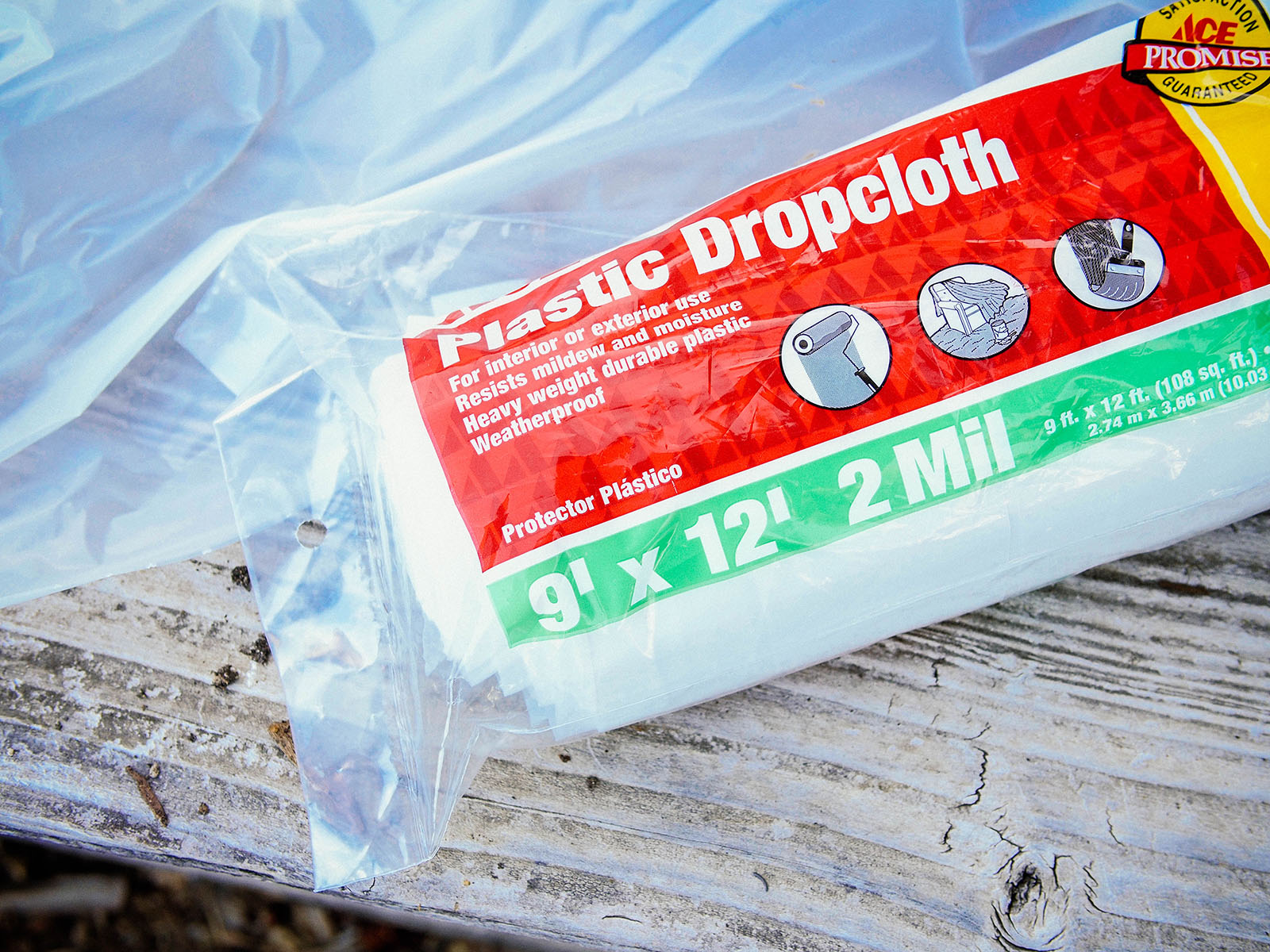
Disclosure: If you shop from my article or make a purchase through one of my links, I may receive commissions on some of the products I recommend.
I used a 2 mil plastic drop cloth (found at my local hardware store), but for larger gardens, you can find bulk rolls of polyethylene from farm supply stores or online.
Recommended polyethylene sheeting for soil solarization:
- UnVert 9′ x 12′ plastic drop cloth, 6-pack (1 mil)
- Frost King 12′ x 50′ roll plastic drop cloth (1.5 mil)
- Poly America 12′ x 200′ roll clear poly film (1.5 mil)
- Pilot Fish 9′ x 12′ plastic drop cloth, 3-pack (2 mil)
- TRM Weather All 12′ x 200′ roll plastic sheeting (2 mil)
3. Cover your raised bed tightly and completely.
Cut the plastic to fit, leaving at least 8 inches of overhang on all sides.There are a few ways to secure the plastic:
- You can dig a trench along the inside perimeter of the bed and then bury the edges of the plastic 6 to 8 inches deep.
- You can hold the plastic down with heavy objects (like 2x4s, pipes, bricks, cinder blocks, or whatever you have around the house) placed around the perimeter of the bed, making sure they’re tucked tightly against the inside walls if you’re covering a raised bed.
- You can staple gun the plastic to a raised bed if the walls are made of wood.
Staple gunning the plastic is the way I did it, and I simply wrapped the corners around the bed as if I was wrapping a package. Staples went in every 6 to 8 inches to ensure a secure seal, and then a couple of weights were laid on top of the plastic to keep it stable under any winds. (You don’t want your tarp to become a sail during a summer storm!)

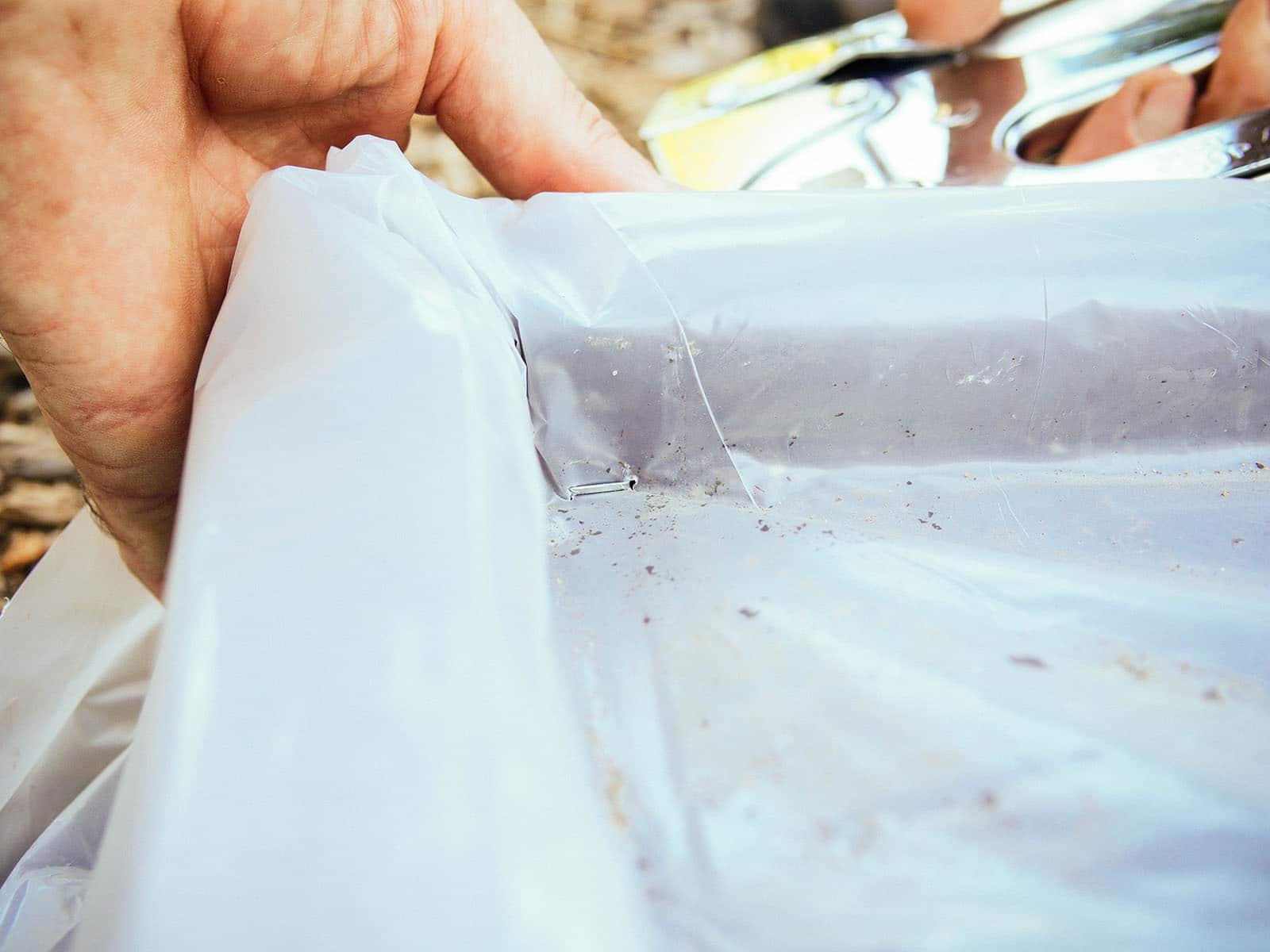
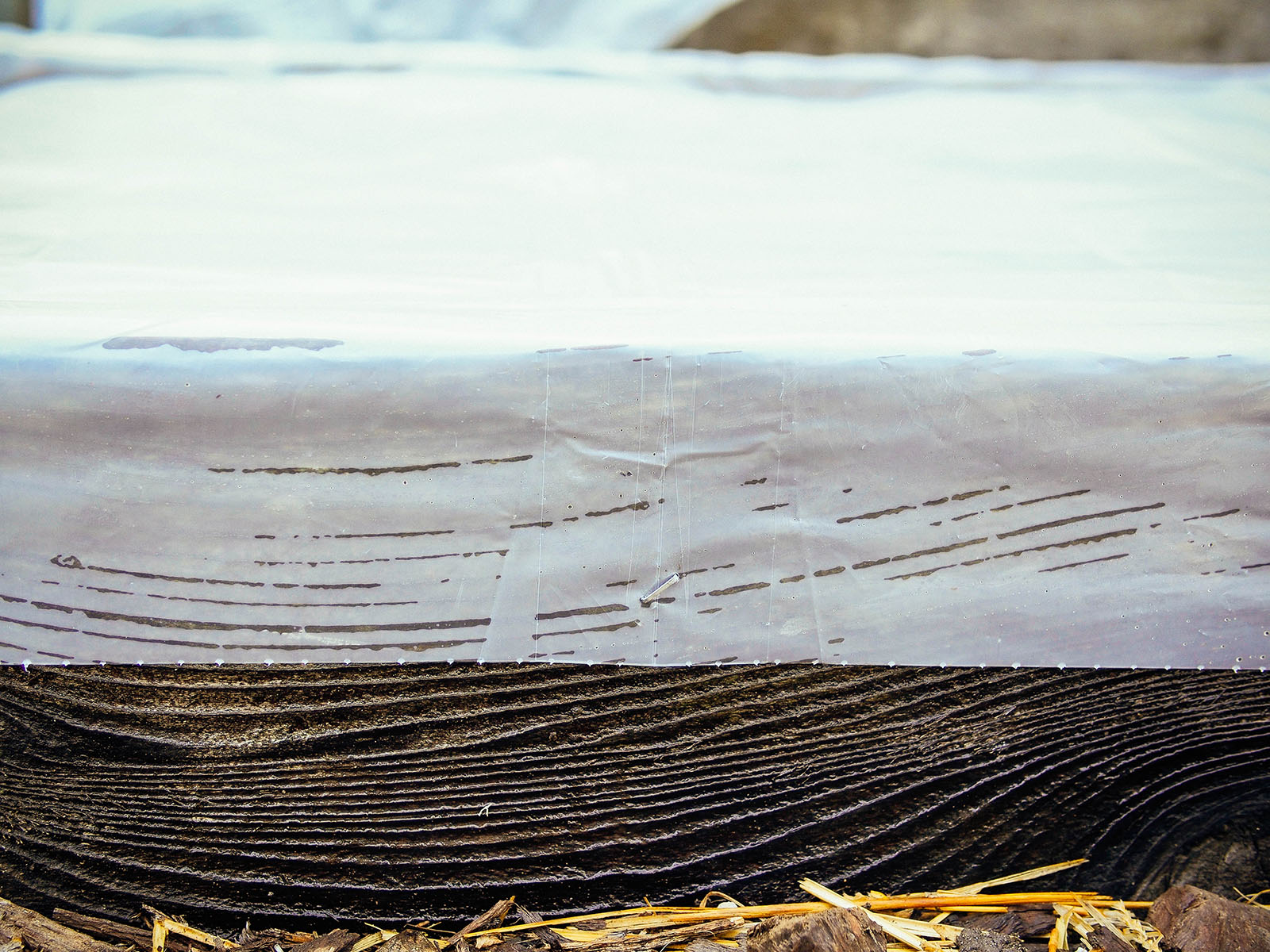
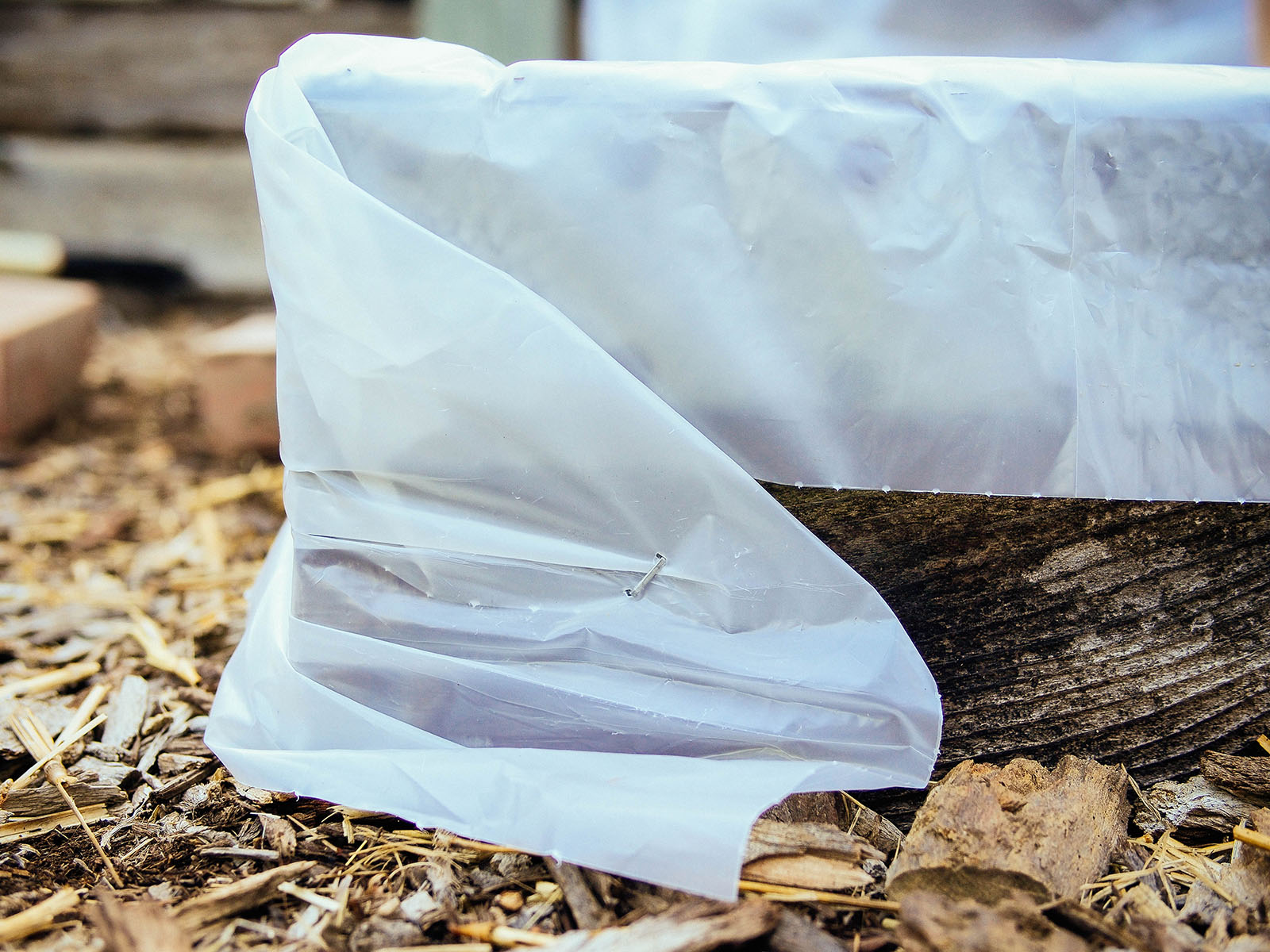
The weights can be bricks, pavers, sandbags, stones, or similarly small but heavy objects; just be careful with sharp or rough-edged weights that could cause pressure points, leading to tears.

The idea is to keep your plastic as flat against the soil as possible, with little to no flaps or openings that could let in outside air (and decrease the temperature under the plastic).
Patch up any holes in the plastic immediately with duct tape, and keep an eye on your beds throughout the four- to six-week period in case the plastic needs patching. (One morning, I found a few holes in one of my tarps that had apparently been caused by a raccoon running through the garden.)
If your daytime temperatures are cooler than normal, you can increase the amount of heat generated in your raised beds by adding a second layer of plastic over the first layer. Separate the layers slightly with PVC pipes, small plastic bottles, or other smooth objects that can run the full length of the bed; that small pocket of air can increase the heat in the soil by as much as 10°F.
Maintaining the proper temperature
Soil solarization is most effective when the top 6 inches of soil is maintained at or above a daily temperature of at least 110°F for four to six weeks, as most pathogens reside in this upper layer.
If you don’t have a soil thermometer to test this, a meat thermometer will work in a pinch. I like to get a reading in the middle of the day right in the middle of the bed; afterward, I simply patch the hole with duct tape.
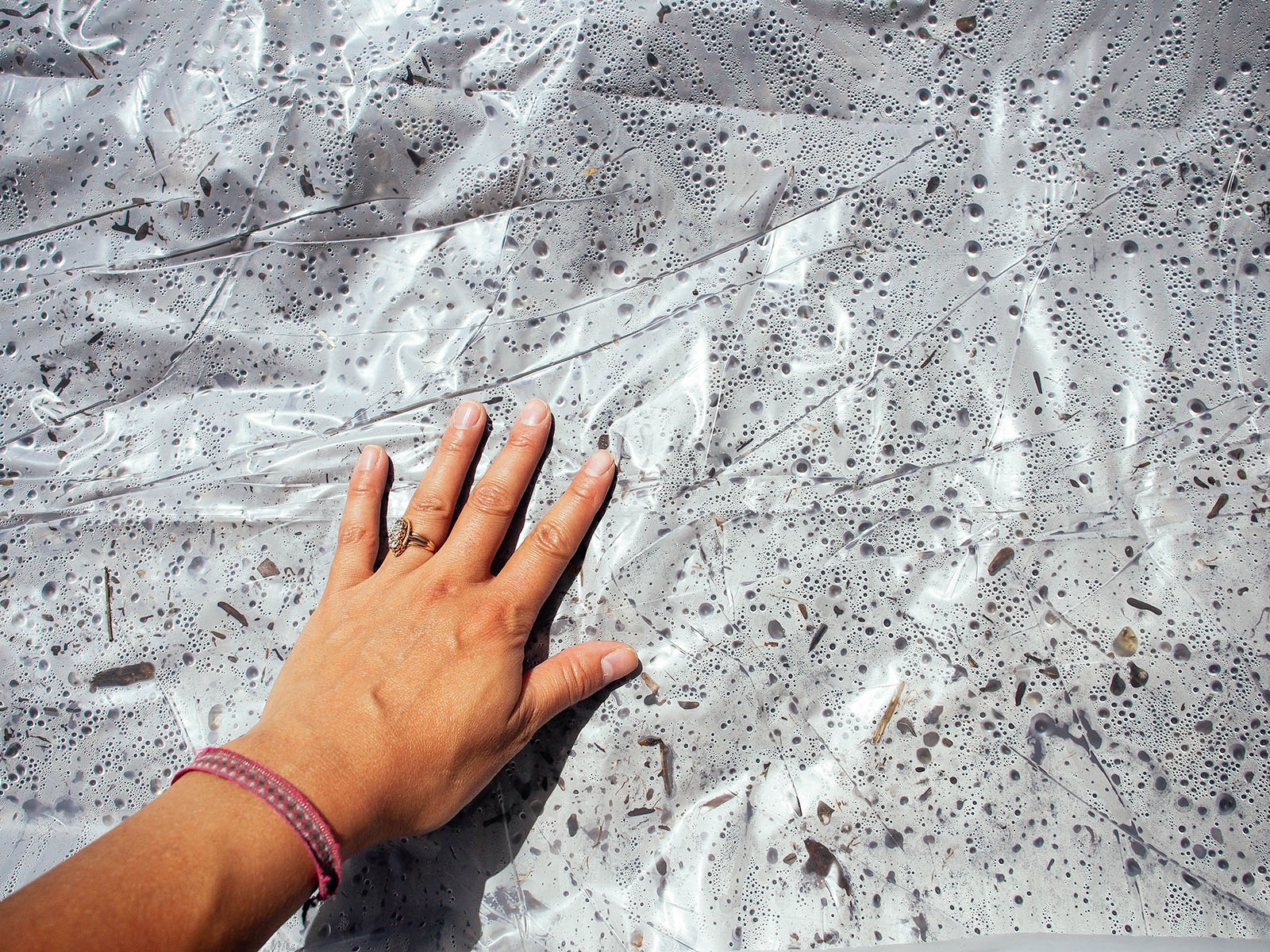
See all that condensation under the plastic? When I put my hand on the surface, I could feel how hot it was under there. That’s what you want, every single day.
Planting your garden after solarization
After removing the plastic, you can sow seeds or plant transplants like normal. To avoid bringing any surviving weed seeds to the surface, stick with shallow plantings and practice no-dig gardening methods.
There’s no need to further cultivate the soil. You’re already starting fresh with soil that’s gained additional nutrients from solarization, so fertilizer can wait until midway through the season (simply do a side dressing or soil drench as needed).
To improve your chances of not reinfecting the soil, always start with uncontaminated pots and soil for seed starting and transplanting, and clean your garden tools, gloves, and other accessories that frequently come in contact with your plants.
(You don’t have to disinfect your pots every season, by the way—just dump out the soil or rinse with water before storing or using.)
Read next: DIY Tool Cleaning Station: The Fastest Way to Clean Garden Tools
Common questions about solarizing your soil
Is solarization safe to use in the garden?
Solarization is what’s known as a hydrothermal process; it happens in moist soil that’s covered with plastic and heated by exposure to sunlight during the hottest part of the year.
Compared to chemical methods of weed and pest control, such as using fumigants, solarization is environmentally friendly and can be done in organic gardens and around children and pets.
When is the best time to solarize the garden?
You should solarize the garden during the hottest four- to six-week weather period in your climate; this will vary by location. In general, average daytime temperatures should be at least 90°F for solarization to happen.
What type of clear plastic should be used for solarizing soil?
A thin clear plastic (between 1.5 mil to 2 mil with weatherproofing or UV resistance) is best for solarizing soil, as it’s more efficient at capturing and trapping heat. Choose a completely transparent plastic, rather than one with a frosted or milky appearances, since that will reduce solar energy transmission.
Can you use thicker plastic to solarize soil?
Absolutely! If you have some 6 mil greenhouse plastic laying around (or recycled from other uses), you can use that to solarize your soil. The process may just take a little longer, depending on how hot the weather is in your area, but should be just as effective at controlling weeds and pests.
Can you use a black tarp to solarize soil?
Yes, you can use a black plastic tarp to solarize soil. When black plastic is used (instead of clear plastic), the technique is called occultation (vs. solarization).
Occultation can use any color of opaque covering, and while it takes longer than solarization, it can still be effective as long as soil temperatures remain at 110°F to 125°F for at least four weeks.
Can you keep the plastic on for longer than six weeks?
When solarizing soil, you should keep plastic covers on for at least four weeks and up to eight weeks—at that point, efficacy tends to level off and most plastic tarps begin to deteriorate.
Will soil solarization kill nematodes?
Solarization can reduce populations of pest nematodes, though nematodes are relatively mobile and can move deeper into the soil to escape the heat. Solarization is most effective on nematodes within the first 12 inches of soil; any pests living deeper in the soil may survive solarization and return to damage your crops.
Will soil solarization kill Bermudagrass and Johnsongrass?
Bermudagrass and Johnsongrass can be controlled by solarization if the rhizomes are close to the soil surface. In general, however, solarization is less effective on perennial weeds than annual weeds because perennials usually have deeply buried roots, corms, rhizomes, or tubers that can resprout.
This post updated from an article that originally appeared on September 6, 2014.


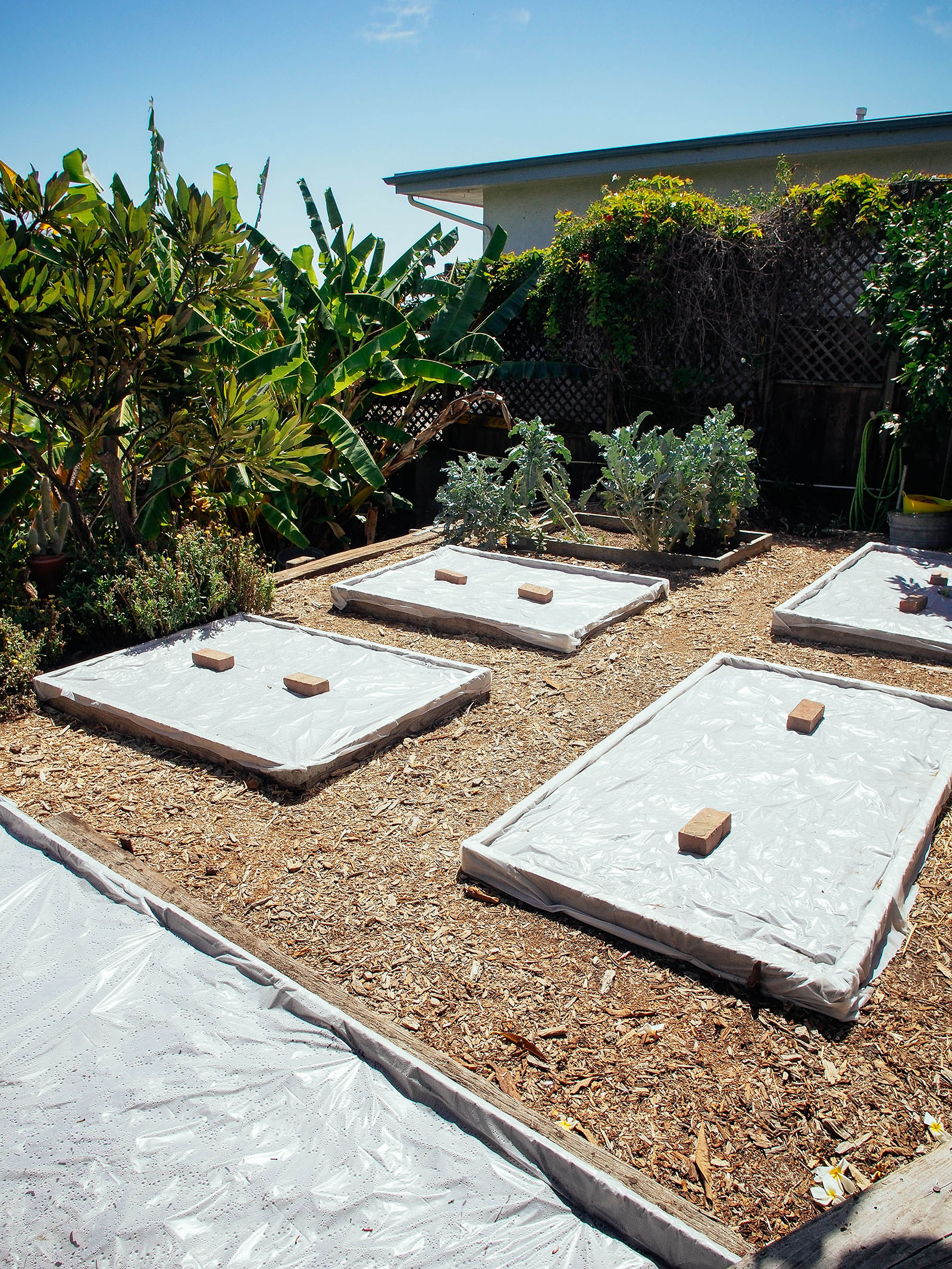
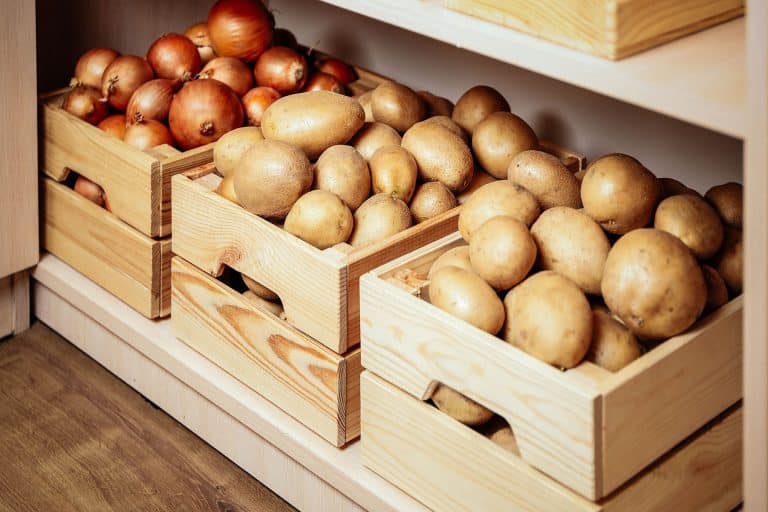
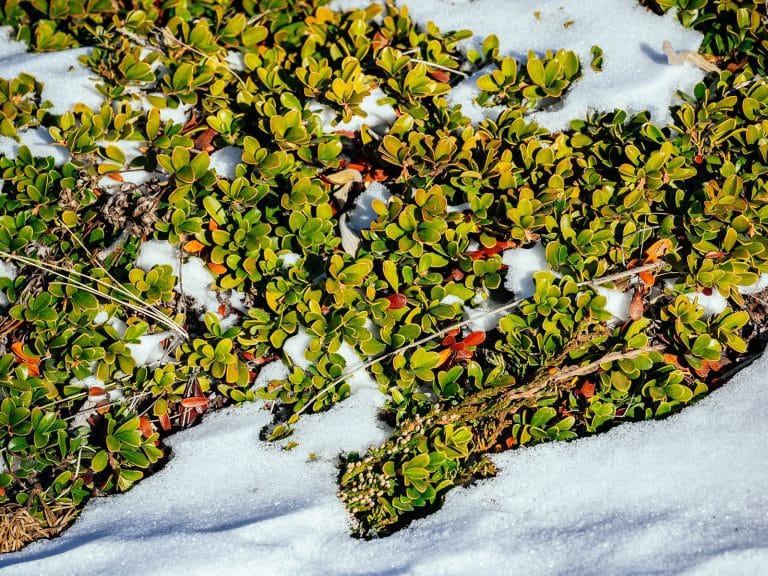
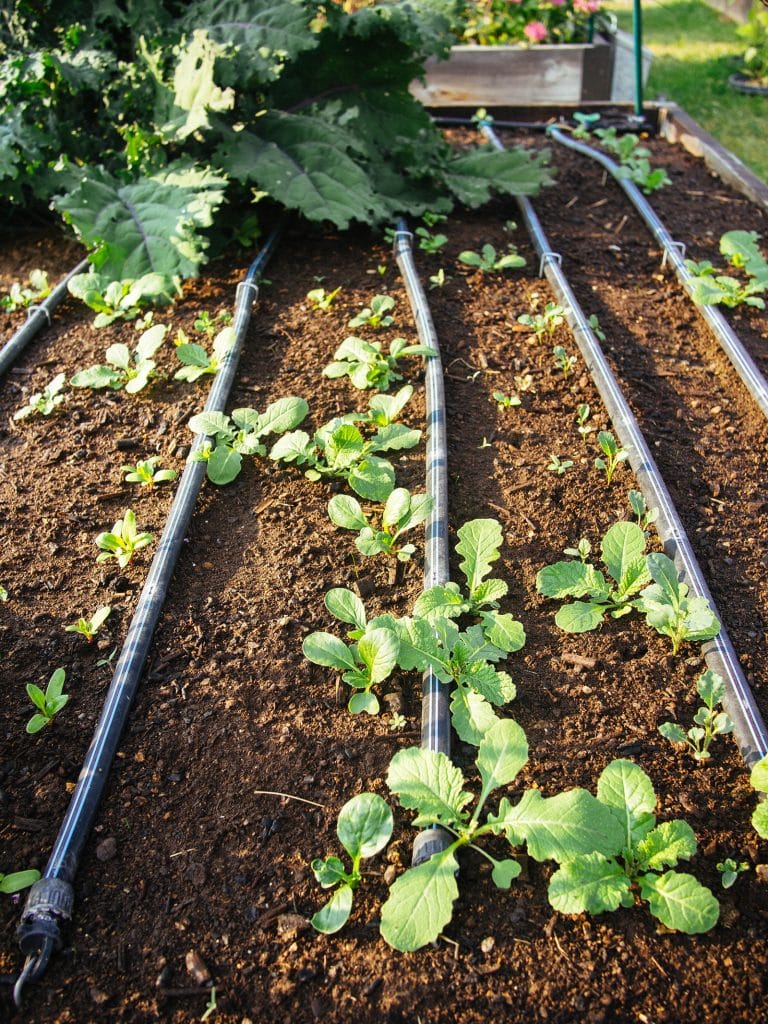
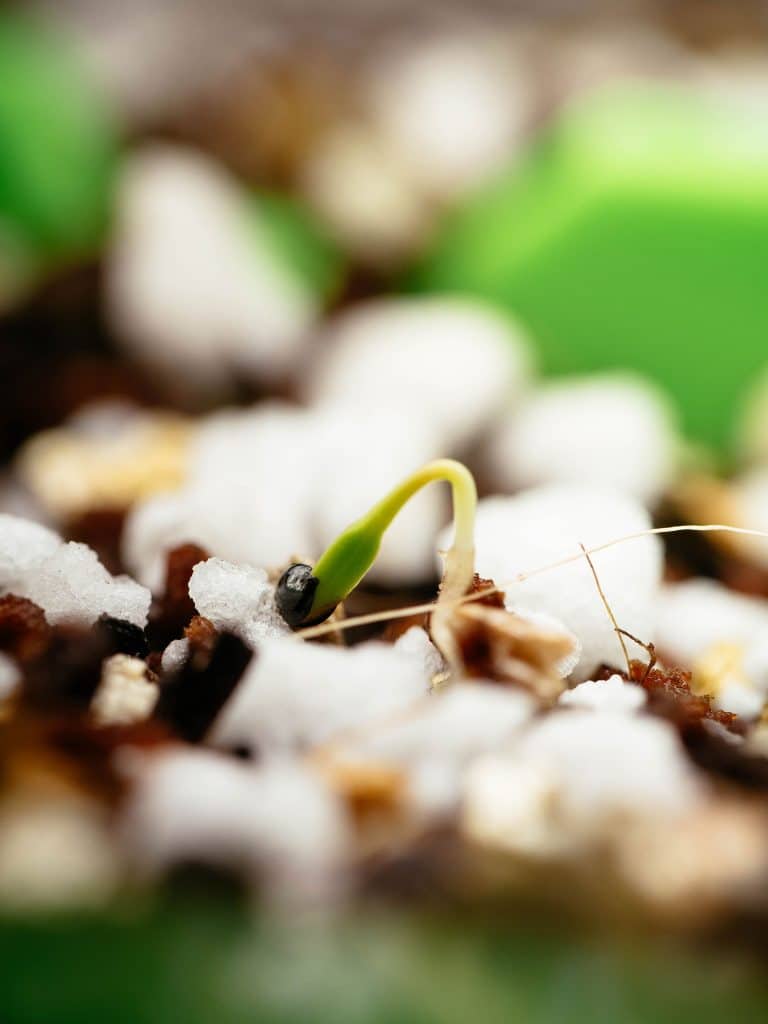









Can you do weed control by covering with newspaper and then mulching over it without encouraging bad funguses?
Yes, newspaper and a very heavy layer of mulch can control some weeds (particularly annual weeds), but not all. Certain weeds can grow through several inches of mulch because they still get air and moisture.
Linda, thank you so much for this article. I’m new to Illinois, putting in all raised beds, my bulk top soil is sprouting before I even have a chance to plant my seeds! Once they sprout i’ll mulch heavily and hopefully anything that grows through the mulch will pull out easily. I will definitely use your method for solarizing my soil as each crop is done if the temps are high enough. I know there are more insects here also, I see new ones every day, LOL, in the last 40 years in Colorado all I ever worried about were cabbage worms and I even got rid of those after a few years, so your blog is going to be a lifesaver for me. Thank you. (Got my asparagus planted eight days ago, thanks to you, expect some sprouts any day now!)
Hello! I just discovered your blog and am wondering if you might suggest the best method to kill Japanese Knotweed, which is slowly invading my newly formed garden bed! I live in Canada, am zone 5a to 5b (I’m in the city which is sheltered) and I was ignorant about this invasive weed two years ago. I tried to remove it by digging it out with a shovel, but it returned with a vengeance! I don’t want it to take over my yard! It was all I could do last year to nip the new shoots “in the bud ” by yanking them out because they were shading my perennials (roses, etc). I don’t want conventional herbicides in my soil. My local nursery advised me to cover the soil with black plastic for maybe two years to kill it. But I’d have to first remove my roses and a few other perennials. What do you advise? I want to eventually go back to growing vegetables and berries. Thanks very much!
Deborah Ann, Hello, and I’m so sorry for your Japanese Knotweed problem! In my 72 years of gardening and living with gardeners in Oregon, Colorado, and now Illinois, this is the worst garden problem I’ve ever had to deal with. Do NOT pull. Don’t do any digging in the area at all. Any disturbance to the soil will cause existing roots to break and create new plants. The first five years at our place I roundup-ped. I know. Roundup has a bad rap. but you don’t spray it on yourself, you don’t use in the wind, you wear clothing and even a damp bandana with mask. Don’t breathe it, either. It’s how you use a product whether you allow it to cause damage to you or not. I still use it. Many don’t. Anyway … I cut them an inch or two from the ground in the fall when sap was starting to turn down. I filled the cup with roundup. I got rid of a lot of the plants, but not enough. Then during Covid we weren’t able to come out (we lived somewhere else) and everything eventually went back to before. I wasn’t here so I assume the plants bloomed and went to seed and now they’re back. You can’t take any time off where Japanese Knotweed is concerned. There’s a reason this plant is illegal in so many areas.
Last year I found a report from the state of New Hampshire and they suggested allowing the plants to grow until the first of June. Then go through and clip them all off to the ground. Just think about the energy they’ve already used. Now they have to do it again. Let them grow until August or whenever it is that they bloom. Clip off all of the blooms before they have a chance to go to seed. Again you are stripping energy. In Fall when the sap is going down that’s when you roundup. I did this last year and I have less healthy plants than I did last year at this time. I clipped a few half way and roundupped the whole plant, leaves, stem, not just the roundup in the stem cup. New Hampshire stated it could take four or five years before you actually get rid of it, possibly longer, but every year you have less and weaker plants.
Another report I found several years ago in a gardening blog such as this one suggested smothering the plants and that man stated it could take five years. I’ve decided that is fine with me, but seeing what I have has been weakened, I don’t think it will take that long. I have had two loads of wood mulch from a local tree trimming company dump their load in my driveway, I used 6 mil black plastic to cover (found in the paint department at Lowe’s for $79 for 100 feet), and have covered the plastic with six inches of mulch. I really think this is going to work. I’ve used cardboard and mulch to smother grass and weeds for flower beds, garden beds, it just takes time. I have so much knotweed that some of it will still be using the New Hampshire process but as I have time I plan to plastic and mulch more areas as the summer goes on.
I really hope one of my processes works for you but the most important thing is, do NOT pull, do NOT dig, there is no possible way for you to get rid of every little piece of root and what you leave in the ground will grow. Do NOT put in your compost and lots of places, Oregon for sure, won’t allow you to even throw it in the trash because then it will spread to their dump area. Waterways in Oregon are already under attack from this horrible plant. I’m in Illinois and I’ve discovered they don’t care and won’t care until the state is covered, probably. They don’t even know it by it’s name, they call it Mexican Bamboo. If you have a cement or gravel drive, lay it out there to dry in the sun and then burn it. I hope I’ve helped a little. happy gardening! Have a wonderful summer 🙂
Just adding to my previous comment, after the struggling I’ve gone through and the hundreds of dollars spent and I still have it, it makes me so sad to pick up an herbal gardening or an herbal medicine book and have someone in New England or elsewhere tell me how good this plant is, dig the roots for blah blah blah …. I guess the ditches in New England are being overrun … take care of yours before it does you in and warn all of your friends about how bad it is. The few of us that understand how horrible this plant is need to try to spread the word!
How long did you overhead water for to achieve 12″ of water? I am about to do this tomorrow and wonder how long I have to stand there with the hose. I can’t use my soaker hose for it as I would drown the other plants it’s attached to.